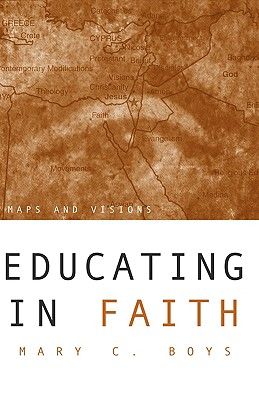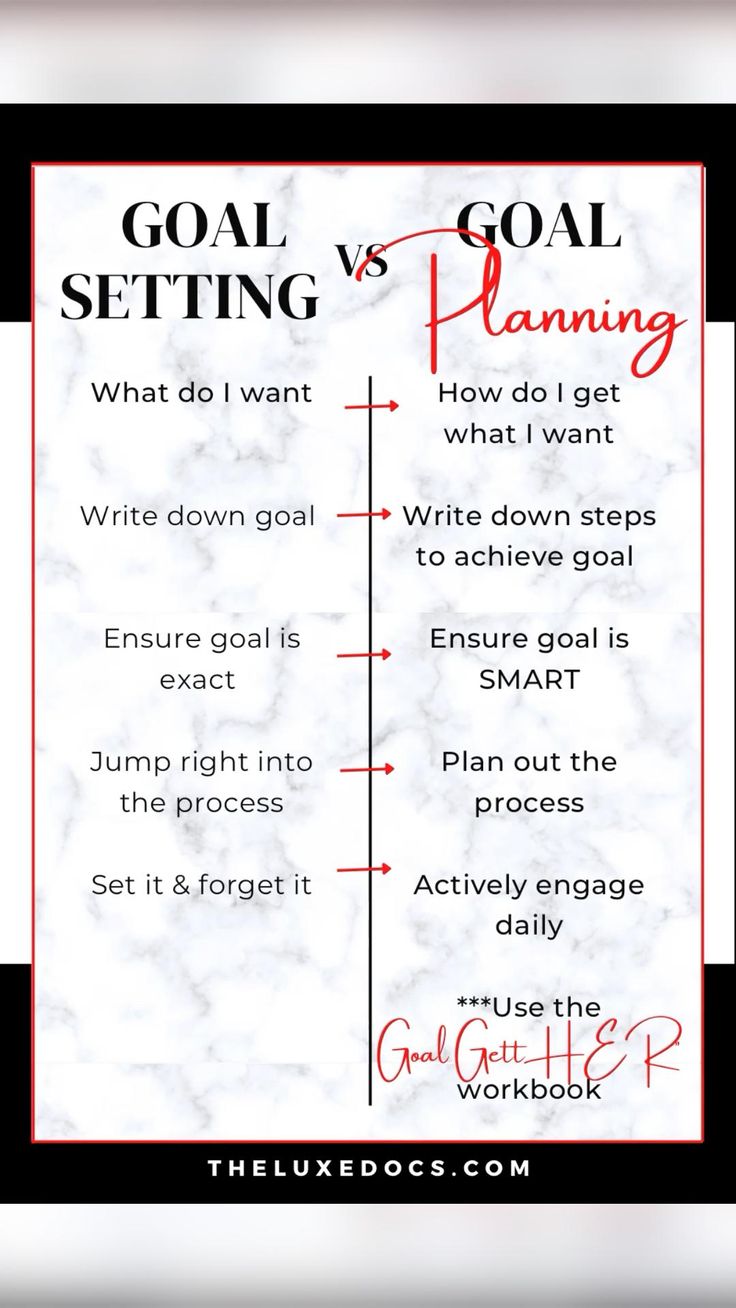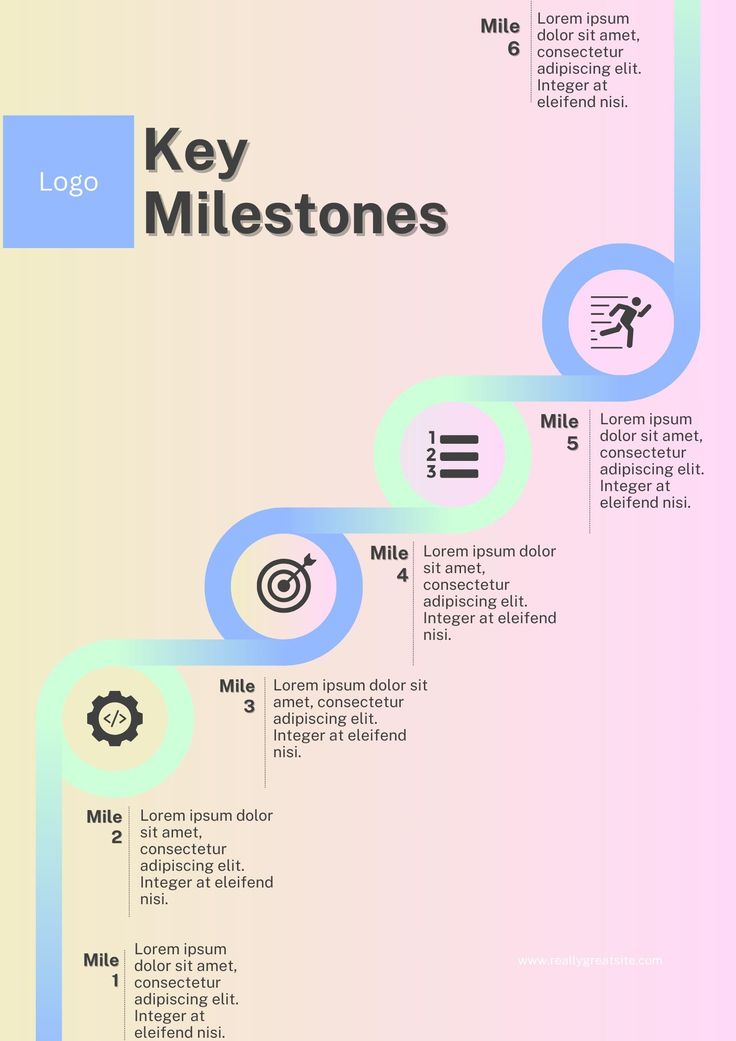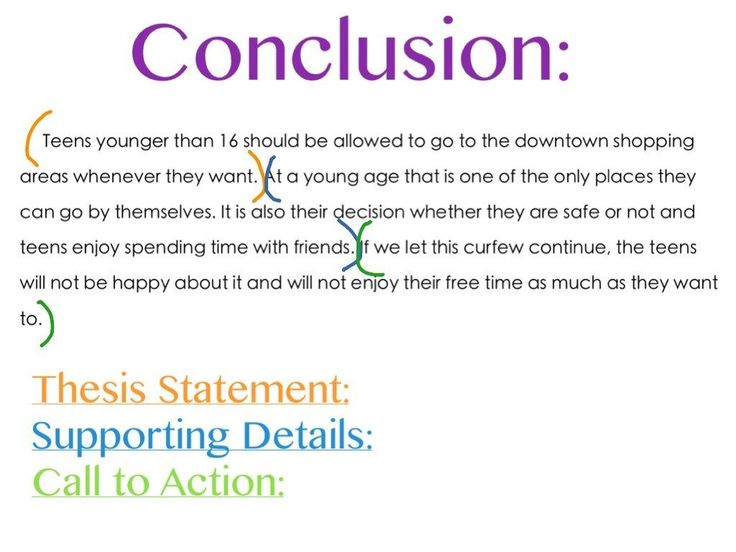When Was the Department of Education Established? A Brief History

Introduction
Have you ever wondered how the U.S. government supports education across the country? The answer lies in the Department of Education (DOE), a federal agency responsible for ensuring millions of students’ educational access, quality, and equality. But when was the DOE created, and why? – When was the Department of education created?
The DOE officially became a Cabinet-level agency in 1979, reflecting the growing need for a federal body to oversee education policies. Since then, it has been critical in funding schools, enforcing civil rights, and supporting students with special needs. This post explores the history of the Department of Education, from its origins to its present-day impact.
1. The Historical Context of Education in the U.S.

Before the Department of Education was established, education in the United States was managed locally. States, communities, and individual schools had full control, leading to disparities in funding and quality.
Key Challenges Before the DOE:
- Inconsistent access: Schools in wealthier areas had better resources, while poorer communities struggled.
- Inequality: Marginalized groups, such as African Americans and women, faced systemic barriers to education.
- Lack of federal coordination: There was no national agency to ensure uniform standards or address widespread issues like illiteracy.
Early efforts to centralize education policy began with the Office of Education in 1867. This precursor to the DOE establishment focused on collecting data about schools and students to improve education outcomes. However, it wasn’t until the late 20th century that the federal government created a dedicated agency for education.
Transition: Let’s now dive into the year the Department of Education was officially created and the reasons behind its formation.
2. When Was the Department of Education Established?

The Department of Education was officially established as a Cabinet-level agency in 1979 during President Jimmy Carter’s administration. It began operations on May 4, 1980.
Why Was the DOE Created?
- Growing demand for federal oversight: By the 1970s, Americans recognized the need for a central authority to address disparities in education.
- Advocacy from unions and organizations: Groups like the National Education Association (NEA) lobbied for a federal department dedicated solely to education.
- Social and political motivations: Expanding access to quality education was seen as essential for economic growth and civil rights.
The creation of the DOE marked a turning point in how the federal government approached education, elevating its importance to the national stage.
Transition: Establishing the Department of Education was just the beginning. What were its goals when it first started?
3. Early Goals and Responsibilities of the DOE

When the DOE was created, it focused on addressing key challenges in the education system. Its mission was to:
- Ensure equal access: Close the gap between students of different socio-economic backgrounds.
- Improve quality: Raise educational standards across states and communities.
- Collect data: Provide reliable statistics to guide education policies.
- Manage funding: Allocate federal resources to schools and colleges.
Key Focus Areas in the Early Days:
- Addressing disparities: Ensuring underserved communities receive funding and support.
- Closing the achievement gap: Reducing differences in academic performance among racial, economic, and geographic groups.
- Providing special education services: Supporting students with disabilities through programs like the Individuals with Disabilities Education Act (IDEA).
These early priorities laid the foundation for the DOE’s future efforts to create a more equitable education system.
Transition: Over time, the Department of Education has evolved to meet new challenges and shape national education policies. Let’s explore some of its key milestones.
4. Key Milestones in the Evolution of the DOE

The Department of Education has been at the center of major education reforms over the past four decades. Here are some significant milestones in its history:
1980s: Facing Challenges
- Early critics argued that the DOE gave the federal government too much control over local schools.
- Despite this, the DOE focused on addressing educational inequities, especially in underserved communities.
1990s: School Accountability
- Passage of the Goals 2000: Educate America Act, which set national education goals for students and schools.
- Increased emphasis on accountability for schools and educators.
2000s: Standardized Testing Era
- Implementation of the No Child Left Behind Act (2002) under President George W. Bush.
- Focused on standardized testing to measure school performance.
- Aimed to close achievement gaps but faced criticism for overemphasizing testing.
2010s: A New Direction
- Passage of the Every Student Succeeds Act (2015) under President Obama.
- Reduced federal control and gave states more flexibility in education policies.
- Prioritized student success over punitive measures for schools.
Other Achievements:
- Expansion of Pell Grants and financial aid for college students.
- Strong enforcement of civil rights in education, including Title IX regulations for gender equity.
- Support for STEM education and workforce readiness.
Transition: While the DOE has made great strides, it hasn’t been without its share of challenges and criticisms.
5. Challenges and Criticisms of the DOE

Despite its importance, the Department of Education has faced ongoing debates and controversies:
Federal vs. Local Control
- Critics argue that the DOE interferes too much with local education policies.
- Some political groups have called for its abolition, claiming it creates unnecessary bureaucracy.
Standardized Testing Backlash
- The focus on testing under laws like No Child Left Behind has drawn criticism for:
- Narrowing curriculums to test-specific subjects.
- Placing excessive pressure on students and teachers.
Student Loan Crisis
- The DOE manages federal student loans, but rising debt levels have sparked criticism over its handling of higher education policies.
Transition: Despite these challenges, the Department of Education continues to play a vital role in shaping the future of American education.
6. The Modern Role of the Department of Education

Today, the Department of Education focuses on several key priorities to meet the evolving needs of students and schools.
Current Initiatives:
- Promoting educational equity: Ensuring all students, regardless of background, have access to quality education.
- Addressing student loan debt: Developing policies to ease the burden of college costs.
- Supporting STEM and workforce readiness: Preparing students for jobs in a global economy.
- Expanding mental health resources: Providing schools with tools to support student well-being.
The DOE also works closely with states and communities to address challenges like:
- Learning loss due to the COVID-19 pandemic.
- Increasing teacher shortages and retaining talent.
- Advancing diversity and inclusion in schools.
Transition: As education continues to evolve, so does the mission of the DOE.
Conclusion

The Department of Education, established in 1979, has profoundly impacted the U.S. education system. From its origins as a response to educational inequalities to its modern-day role in promoting equity and innovation, the DOE remains a cornerstone of American education policy.
While challenges persist, the DOE’s mission to ensure quality education for all students remains vital. By continuing to adapt and address the needs of students, schools, and educators, the Department of Education will play a key role in shaping the future of learning for generations to come.
When Was the Department of Education Established? A Brief History – FAQs
1. When was the Department of Education first established?
The Department of Education was initially created in 1867 to collect and share information about schools and teaching. However, it was downgraded to the Office of Education shortly after due to concerns about federal overreach.
2. When did the modern Department of Education become a cabinet-level agency?
The modern Department of Education was officially established as a cabinet-level agency on October 17, 1979, through the Department of Education Organization Act signed by President Jimmy Carter.
3. Why was the Department of Education created?
The department was created to centralize federal oversight of education, address disparities in access and quality, and streamline educational programs. Its goal was to ensure equitable opportunities for all students and improve overall educational standards.
4. What were the department’s original functions?
Initially, its primary role was to collect statistics and information about schools, which could help states and localities improve their education systems. Today, its functions have expanded to include funding allocation, policymaking, and program oversight.
5. What led to the re-establishment of the Department of Education in 1979?
During the 1970s, growing concerns about educational disparities and a desire for federal leadership in education prompted the Carter administration to elevate the department to a cabinet-level agency.
6. How has the role of the Department of Education evolved over time?
The department’s responsibilities have expanded to include enforcing civil rights laws, supporting special education, managing student loan programs, and promoting technological innovations in schools.
7. What are some key programs managed by the Department of Education?
Programs like Title I for low-income schools, Pell Grants for college students, and initiatives supporting individuals with disabilities are key examples of the department’s work.
8. What challenges did the Department of Education face after its re-establishment?
The department has faced criticism regarding federal overreach, budget constraints, and debates over policies such as standardized testing and school choice.
9. What is the significance of the Department of Education in today’s education system?
The department plays a vital role in shaping national education policies, ensuring equity, and funding programs that support schools, teachers, and students across the U.S.
10. How does the Department of Education impact students and teachers?
It provides resources, sets standards, and enforces laws to create fair and effective learning environments, benefiting both students and educators.
Related Post
How Self Control Drives Academic Success in Students



Many people think the DOE has made the education system into an inefficient and i effective bureaucracy. It will probably be abolished under President Trump.
I saw it on Wikipedia during the research that Trump wanted to abolish it some years back.
Do you think it is okay to abolish it?
Thank you for the feedback
You really took your time. Well-done sir.
Thank you ma
You’re doing well sir
God bless your knowledge and experience
Thank you